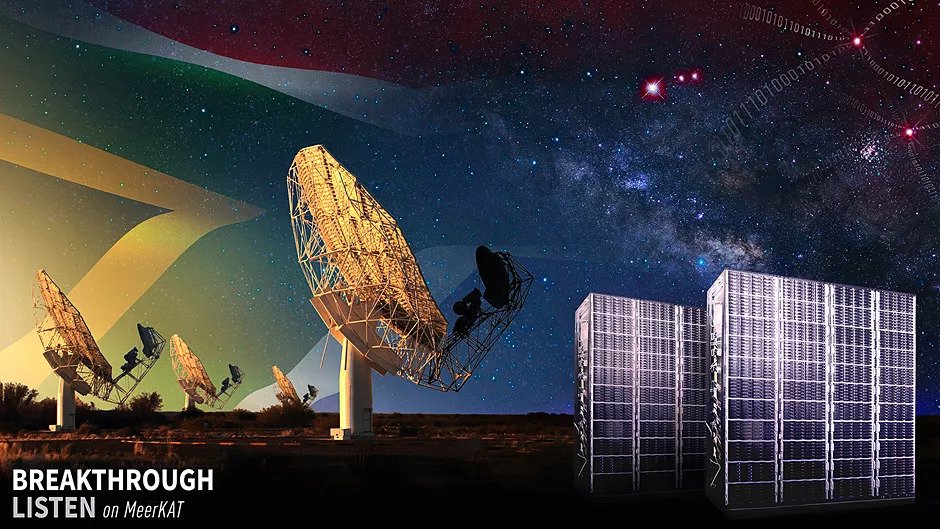The largest radio telescope in the Southern Hemisphere, MeerKAT, began to look for technosignatures — electromagnetic signs of the presence of alien technologies. For this, the most powerful supercomputer ever used to search for extraterrestrial life was attached to it.

MeerKAT will be looking for technosignatures
Breakthrough Listen, a project to search for alien life, has been launched at the MeerKAT radio telescope, the largest in the Southern Hemisphere of the Earth. Since December 1, it has been looking for technosignatures. This is the name of signals indicating the existence of alien technologies somewhere in space.
In this case, we are talking about electromagnetic radiation, which can be deliberately or accidentally produced by aliens. Some researchers believe that it is easier to detect it than chemicals that indicate the presence of life.
In total, the Breakthrough Listen program is designed for 2 years. During this time, MeerKAT should explore about a million stars closest to the Sun. It is believed that it will be able to isolate signals at a distance of up to 250 light-years that are identical to powerful terrestrial transmitters.
In addition, MeerKAT explores about 100 thousand galaxies closest to us in a wide electromagnetic spectrum. If there are extremely powerful technosignatures there, then the radio telescope will find them.
Technical features of the project
In order for MeerKAT to be able to complete all the tasks within the Breakthrough Listen project, the most powerful supercomputer that has ever been used to search for alien life is connected to it.
At the same time, MeerKAT itself has much greater capabilities than all the radio telescopes that are used to search for alien signals. It consists of 64 dishes that can cover an area of the sky 50 times larger than the antenna of the Green Bank Observatory, which was used in the SETI program.
The radio telescope will be involved in the Breakthrough Listen project almost 24 hours a day and 7 days a week. At the same time, its dishes will be able to track 64 stars and cut off all terrestrial noise from them using a supercomputer.
It is known that the first goal of the new study, for which engineers have created complex software, will be our nearest neighbor. At least two planets orbit it, and scientists believe that it is worth looking for technosignatures near them.
According to www.space.com
Follow us on Twitter to get the most interesting space news in time
https://twitter.com/ust_magazine
